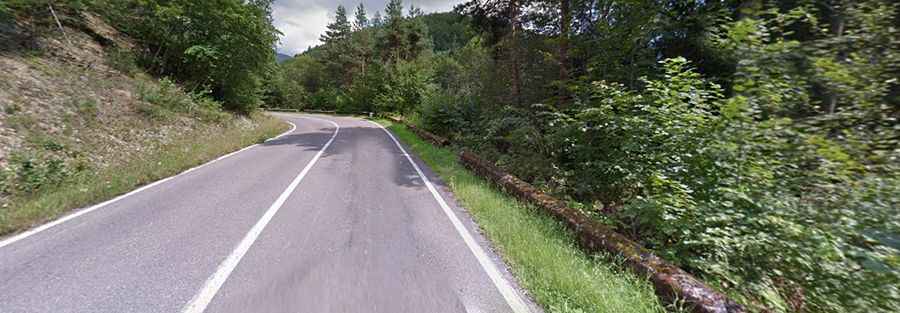Transfagarasan: From a Bloody History to One of the Best Highways in the World
Romania is a country that's been out of the European circuit for almost five decades between World War II and its bloody anti-communist revolution in 1989.Like many other totalitarian regimes, the one led by Nicolae Ceausescu, the Prime Secretary of the local ruling party - and the de facto leader of the country - had dreams of grandeur, an itch to demonstrate what the willpower of the people building socialism can do.

The results of these dreams are tangible today: Romania has the heaviest building in the world (the Palace of the Parliament in Bucharest), the Danube-Black Sea Canal that involved the excavation of more soil than the Panama or the Suez canals, and the Transfagarasan, considered to this day one of the best highways in Europe. Let's take a brief look at its history.
Transfagarasan
Even if you visit Romania for a day-long vacation, you should try to include the Transfagarasan on your itinerary. The road has been called by many drivers one of the best mountain passes in Eastern Europe - it is challenging, sometimes unpredictable but always amazing. While it's relatively short - around 90 kilometers or 56 miles - it feels longer, considering that the average speed one can achieve on it is around 40 kilometers (25 miles) per hour. Its location is amazing - it is surrounded by picture-perfect mountains and valleys and it passes between the highest peaks in Romania, Moldoveanu and Negoiu.
A bloody history
The Transfagarasan highway was constructed between 1970 and 1974. Intended to serve as a quick military access route across the Fagaras mountains, the highest mountains of the Southern Carpathians, connecting the historic regions of Wallachia and Transylvania. While the country did have several strategic mountain passes at the time, most of them were built alongside river valleys, so they were easy to block by an invading force. After the Soviet Union invaded Czechoslovakia in 1968, the Ceausescu regime wanted to have an alternative route that was easier to keep clear. At the time, there were no private contractors in Romania that could take on such a massive project - and the conditions were especially dangerous. The road was built by untrained soldiers who had to work with massive quantities of high explosives without proper training - according to the records, over 5 million kilograms (6,600 short tons) of dynamite was used to cut through the mountain. Moreover, they had to work at an alpine climate at an elevation of over 1,600 meters, in high winds, often during strong snowstorms, all year long. As such, the human life cost of the construction was high. While the records show that only around 40 lives were lost while building the 90 kilometers of the highway, the unofficial estimates based on the stories of those building the road speak of at least ten times more victims of the project. The road was officially opened in 1974 but wasn't finished until 1980, when the paving of the road was completed, hiding all the blood and sweat that has turned it into one of the best highways in Eastern Europe.